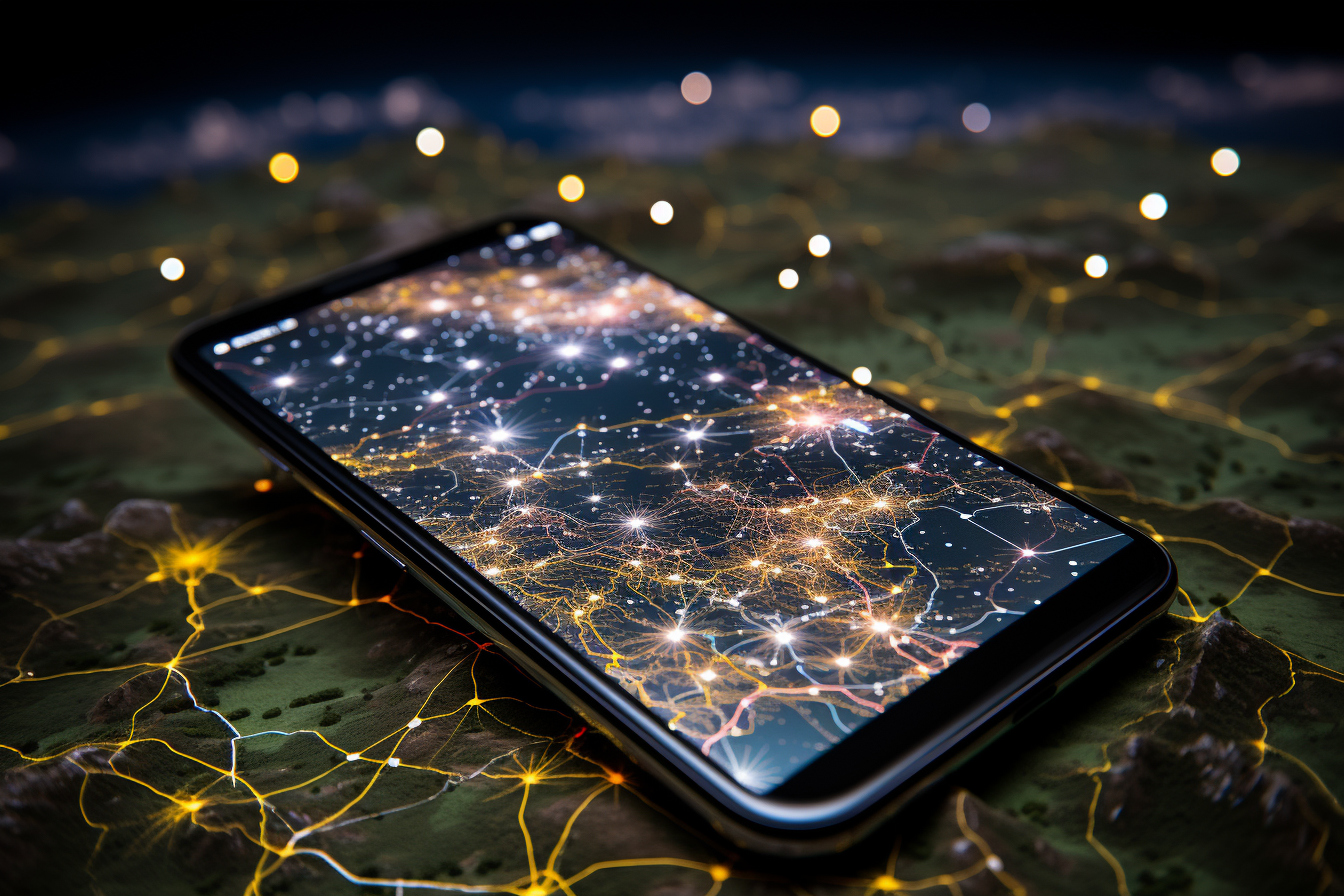Navigation in the modern era is greatly facilitated by the use of GPS, a common acronym that stands for “Global Positioning System”. Since its invention, this technology has revolutionized travel, bringing an unrivaled level of precision and convenience. But how does this satellite navigation system actually work? This is a question that we will try to answer. We’ll dive into the complex workings of this technology, understand its importance, and discover how it can help you find your way.
An approach to the history of GPS
The foundations of GPS were laid by the U.S. armed forces in the 1970s, with the primary goal of improving the accuracy of military navigation. Once a technology reserved only for the military, it became available to the general public in the 1980s and has since grown exponentially in usage and application.
To simplify, the GPS works using a constellation of 24 satellites orbiting the Earth. These satellites constantly send signals to Earth, which are picked up by GPS receivers. By receiving signals from at least four satellites, the receiver can calculate the user’s exact location using a method called trilateration.
Trilateration is a calculation method that allows you to determine the position of a point by measuring the distances to three other known points. In the case of GPS, these reference points are satellites. Each satellite sends a signal containing its location and the exact time the signal was sent. By measuring the time it takes for the signal to reach the receiver, the receiver can calculate the distance to each satellite. By taking into account the position of all satellites, the receiver is able to accurately determine its position on Earth.
How GPS helps you find your way
Knowing your location, the GPS receiver can help you navigate in various ways. Often, GPS devices come with built-in digital maps. By knowing your location on the map, the device can guide you to your destination by offering the best and fastest route. All you have to do is enter your destination, and the device will do the rest, guiding you step by step until you arrive.
One of the main advantages of GPS is the precision and reliability. No matter where you are in the world, as long as you have access to at least four satellites, you can accurately determine your location. Additionally, GPS allows real-time navigation, meaning you can monitor your movements and adjust your route accordingly, depending on traffic conditions for example.
Digital revolution: GPS in everyday life
GPS has revolutionized not only land navigation, but also opened the door to a multitude of applications. For example, GPS technology allows tracking and location of vehicles, animals and people, for a variety of uses, ranging from personal security to business logistics. It is also widely used in scientific research, for everything from climate monitoring to earthquake prediction.
It is no exaggeration to say that GPS has fundamentally changed the way we navigate and interact with the world around us. It is a valuable technology that has made our daily lives easier and safer, and its applications continue to expand.
By diving into the complex mechanics of this technology, we were able to understand how GPS helps us find our way, transform the way we interact with the world, and continue to influence our daily lives in subtle but meaningful ways.












